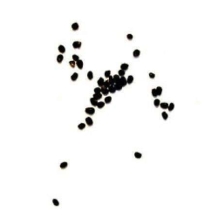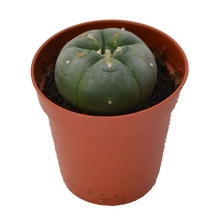Mescaline cactus
The mescaline cactus was once used in Mexico during sacred rituals. This makes it one of the oldest products at the Avalon Magic Plants web shop. Browse our broad selection of grow kits, seeds and small cacti that you can order and grow at home.
There is a no guarantee policy on our cacti. If they arrive damaged please inform our customer service.
38 Items
Look no further for psychedelic cacti!
Are you looking for one of the most intense psychedelic experience you will ever have? Mescaline is the way to go! There are quite some known cacti that are psychoactive due to the presence of alkaloids such as mescaline, with the most psychoactive species being the San Pedro cactus (Echinopsis pachanoi) and Lophophora, of which Peyote (Lophophora williamsii) is the most psychoactive one. The hallucinogenic cacti can produce strong psychedelic hallucinations and it is primarily used as a recreational drug, but also to strenghten various types of meditation and psychedelic therapy.
The use of mescaline cacti dates back many thousands of years. In fact, it is said that Mescaline is one of the oldest psychedelics known to men. For example, Peyote has been used by Indians in Mexico for at least 5,700 years. From early contact with the Indians, Europeans noticed the use of this special cactus in religious ceremonies, especially by the Huichols in Mexico. Other mescaline-containing cacti such as the San Pedro have a long history of use in South America, from Peru to Ecuador. Mescaline was first isolated and identified in 1897 by German chemist Arthur Heffter and first synthesized in 1918 by Ernst Späth. Eight years later, an extensive study of the effects of mescaline was published in "Der Meskalunraush".
Buying mescaline cactus at Avalon Magic Plants
Our selection includes multiple types of mescaline cacti, such as the following:
- Peyote: this is a cactus without spines, whose scientific name is Lophophora Williamsiii. This cactus is characterised by its small, round shape. When this mescaline cactus grows, pink flowers bloom on it. After roughly five years, this cactus will grow into one that you can use for consumption. It is the most famous and also the most powerful psychedelic cactus in the world. Unlike many types of cacti that grow high in the air, Peyote cacti form buds that form low on the ground. The peyote cactus has been used by South American tribes for more than 5,000 years. The drug is so popular that the use of the peyote plant is permitted in the United States during religious ceremonies. This is in contrast to almost all other psychedelic drugs, which are strictly prohibited. In addition to mescaline, the peyote cactus contains the alkaloid hordenine (N, N-dimethyltyramine). Hordenine is an MAO-B inhibitor that can prevent the degradation of mescaline to a certain extent.
- San Pedro: this cactus was always used for rituals by Native Americans; its official name is Echinopsis pachanoi. San Pedro is Saint Peter, the gatekeeper of heaven. The cactus received this name because of the hallucinations that it causes, which make it seems as if you are in heaven. The magic cactus originates from Ecuador and Peru where it blossoms at heights of 2,000 - 3,000 meters. It contains mescaline and even traces of DMT. The type of cactus is often found in gardens where it is usually grown as a decorative plant. The power of San Pedro varies between different specimens. The levels of mescaline depend on the growing conditions: humidity, soil quality and temperature among many other things.
- The Trichocereus peruvianus cactus - also called Peruvian Torch - can be ordered from us in seed form. After a year, you can allow the cactus to sprout and set its roots. This may take a long time, but afterwards, the cactus grows very quickly, from 10-50 centimetres per year. It is a highly psychoactive type of cactus with an even higher potential than San Pedro. It is a fast-growing columnar cactus with long spines originating from the western slope of the Andes in Peru. It contains psychedelic alkaloids such as mescaline. Consuming this cactus causes visual hallucinations and changing states of consciousness. South American tribes used the cactus for religious purposes many hundreds of years ago.
Growing mescaline cactus
Growing a mescaline cactus works the same way as does for regular cacti. The first step is to plant the seeds into the soil and gravel. Are you going to grow cacti in the winter? If so, consider that cacti store their nutrients. This means that they will die if you give them too much water. Be sure that you only water them once the soil has dried out. We also recommend planting the cactus in a location with a lot of sun and heat, so they can flourish.
The effects of mescaline
Mescaline can lead to a variety of experiences. In many cases, people feel euphoric after using this cactus and become more aware of certain things. Most people describe it as a pleasant experience, but some users feel anxious.
Do you plan on buying a mescaline cactus? If so, place an order at our web shop.




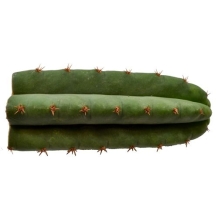




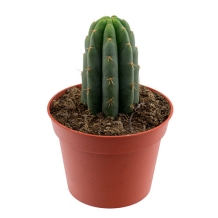











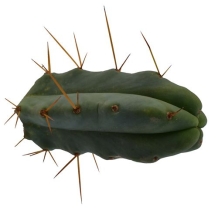
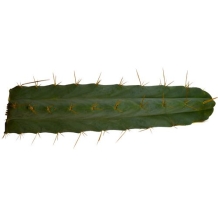
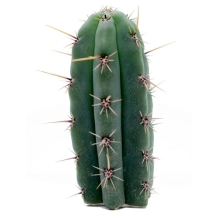




.png)

